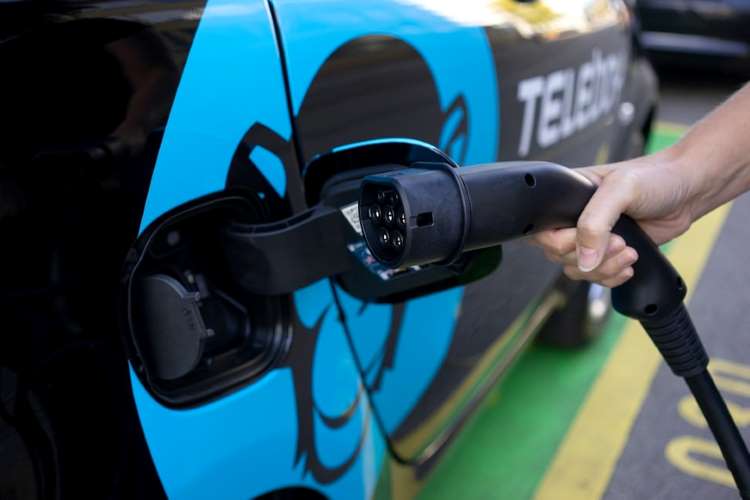
The private sector is showing strong interest in the Union government’s green hydrogen mission. Key players like Reliance Industries, Larsen & Toubro, Adani New Energy, and JSW Energy are participating in the inaugural tender for green hydrogen and electrolyser manufacturing. This tender, managed by the Solar Energy Corporation of India under the Strategic Interventions for Green Hydrogen Transition (SIGHT) programme, seeks to establish facilities for green hydrogen production and electrolyser development, crucial for hydrogen generation.
RIL, Torrent Power, Sembcorp Green Hydrogen India, and others submitted technical bids for the first tender. Once selected, these companies will indicate the volume of green hydrogen they intend to produce. The second phase of bidding will involve the companies specifying the incentives they require under the SIGHT programme.
READ | COVID-19 resurgence in India calls for continued vigilance
In a separate tender for electrolyser manufacturing, technical bids from eight entities, including RIL, L&T Electrolysers, and Adani New Industries, have been received. This process similarly involves two rounds: one to determine the proposed hydrogen production volume and another to assess financial incentives required.
Green hydrogen mission
The government has set an ambitious target to produce five million metric tonnes of green hydrogen annually by 2030. Several states are aligning with this goal, offering incentives for green hydrogen and green ammonia production. In July 2023, Maharashtra launched its green hydrogen policy, becoming the first Indian state to do so. The state’s policy, backed by Rs 8,562 crore funding, aims to promote renewable energy and green hydrogen projects.
Andhra Pradesh has set a target of producing 0.5 MTPA of green hydrogen and 2.0 MTPA of green ammonia within five years. The state’s incentives include subsidised government land leases, exemption from land-use conversion charges, stamp duty, and additional benefits for green hydrogen and ammonia units.
Gujarat plans to prioritise green hydrogen manufacturing and aims to develop a production capacity of 8 MTPA by 2035. The state’s land allotment policy provides various benefits for green hydrogen project investments. Other states like Uttar Pradesh, Rajasthan, Madhya Pradesh, and Tamil Nadu are also integrating green hydrogen into their renewable energy policies. For India’s corporate sector, the focus remains on developing the supply chains necessary for green hydrogen production.
Challenges ahead
A study by Climate Risk Horizons suggests that India’s green hydrogen mission might inadvertently increase pollution levels unless fossil fuel emissions in hydrogen production are curbed. The Ministry of New and Renewable Energy’s definition of green hydrogen—production emitting no more than 2 kg of CO2 per kg of hydrogen—is criticised for being open to interpretation and impractical.
While the current narrative paints a rosy picture of the green hydrogen mission, a closer look reveals crucial gaps that need to be addressed for true success. One such gap is in technology and innovation. While the focus on electrolyser manufacturing is commendable, there is hardly any indigenous research and development in this domain. Dependence on imported electrolyser technology could hinder long-term cost competitiveness and sustainability.
Another missing piece is the crucial aspect of infrastructure development. Green hydrogen projects require a robust network of pipelines, cryogenic storage facilities, specialised trucks, and even port facilities for export. While some initial efforts are underway, the absence of a comprehensive national infrastructure strategy could create bottlenecks down the line.
There is also a critical need for skilled workforce development. A thriving green hydrogen ecosystem requires not just boardroom decisions but also the hands and minds of technicians, engineers, and scientists trained in electrolyser operation, hydrogen safety, and fuel cell technology.
Transparency issues also challenge the mission’s success, as many projects have not disclosed their electricity sources. This raises concerns about the extent to which renewable energy is actually being used. Another challenge is the allowance of biomass in India’s green hydrogen production standards. Biomass combustion produces carbon emissions, contradicting the mission’s objectives.
The demand for renewable energy to produce green hydrogen could reduce the availability of clean electricity for consumers. To address this, India needs to significantly increase its renewable energy capacity, aiming for an additional 125 GW, or about 13% of its current electricity generation.

